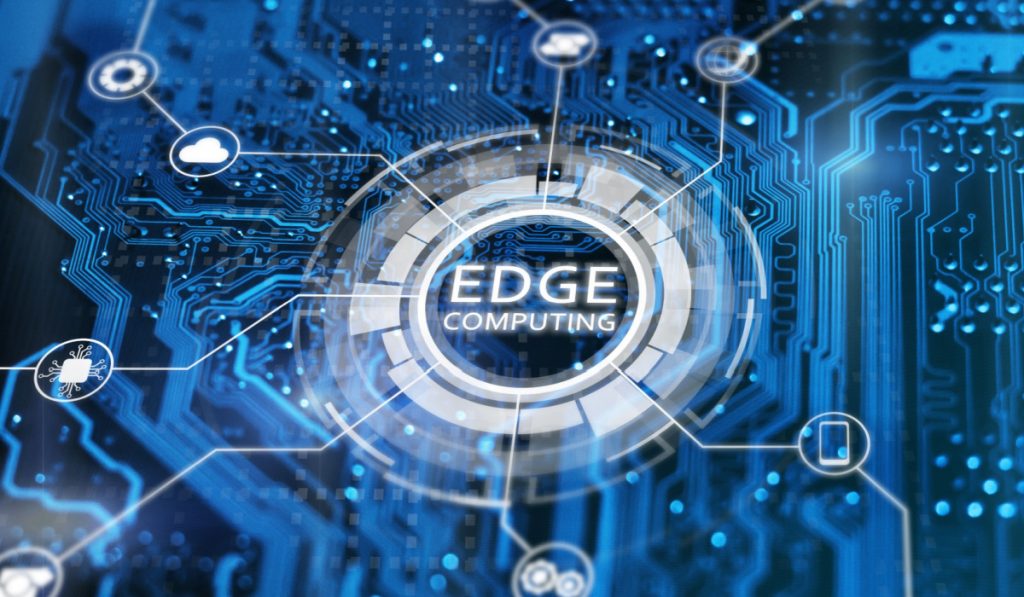Edge computing has emerged as a transformative paradigm in the realm of Internet of Things (IoT), offering decentralized data processing capabilities closer to the source of data generation. This article explores the concept of edge computing, its applications in IoT ecosystems, benefits, challenges, and its evolving impact on industries and society.
Understanding Edge Computing
- Definition and Concept: Edge computing involves processing data near the edge of the network, closer to where it is generated, rather than transmitting it to centralized data centers or cloud servers. This enables faster data processing, reduced latency, and enhanced real-time decision-making capabilities.
- Key Components: Edge computing infrastructure includes edge nodes, gateways, and devices equipped with computing resources (e.g., processors, memory) and connectivity (e.g., 5G, Wi-Fi). These components facilitate data aggregation, analysis, and local storage at the network edge.
Applications in IoT Ecosystems
- Real-Time Analytics: Edge computing enables real-time analysis of IoT sensor data for applications such as predictive maintenance, anomaly detection, and operational optimization in industrial IoT (IIoT) settings.
- Low-Latency Applications: Applications requiring minimal latency, such as autonomous vehicles, remote surgery, and augmented reality (AR)/virtual reality (VR), benefit from edge computing’s ability to process data locally without relying on distant cloud servers.
Benefits of Edge Computing in IoT
- Reduced Latency: By processing data locally at the edge, edge computing minimizes latency and improves responsiveness for time-sensitive applications, enhancing user experiences and operational efficiency.
- Bandwidth Optimization: Edge computing reduces the volume of data transmitted over the network, optimizing bandwidth usage and lowering operational costs associated with data transmission to centralized servers.
Challenges and Considerations
- Security: Securing edge devices and data at the network edge presents challenges in terms of vulnerability management, access control, and data encryption to protect against cyber threats and unauthorized access.
- Scalability: Managing a distributed edge computing infrastructure across diverse locations requires scalable solutions for provisioning, orchestration, and management of edge devices and applications.
Impact on Industries and Society
- Industry-Specific Applications: Edge computing accelerates digital transformation in industries such as manufacturing, healthcare, transportation, and smart cities by enabling localized data processing and real-time decision-making.
- Smart Cities and Infrastructure: Facilitates the deployment of smart city initiatives, including smart grids, intelligent transportation systems, environmental monitoring, and public safety applications, improving urban living conditions and resource management.
Future Directions and Innovations
- AI at the Edge: Integration of artificial intelligence (AI) and machine learning (ML) capabilities at the edge enables autonomous decision-making, predictive analytics, and adaptive response mechanisms without constant reliance on centralized cloud resources.
- Edge-to-Cloud Synergy: Enhancing synergy between edge computing and cloud platforms allows for hybrid architectures that balance local processing with cloud-based analytics, providing flexibility, scalability, and robustness in IoT deployments.
Conclusion
Edge computing is reshaping the landscape of IoT by bringing computational capabilities closer to where data is generated, enabling faster insights, improved reliability, and enhanced security in IoT deployments. As edge computing continues to evolve, its impact on industries and society will expand, driving innovation in real-time applications, improving operational efficiencies, and paving the way for new services and business models. Embracing edge computing requires addressing challenges related to security, scalability, and interoperability while harnessing its potential to accelerate digital transformation and create sustainable, connected ecosystems.
